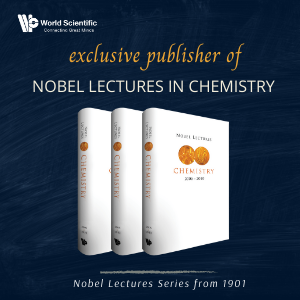System Upgrade on Tue, May 28th, 2024 at 2am (EDT)
Existing users will be able to log into the site and access content. However, E-commerce and registration of new users may not be available for up to 12 hours.For online purchase, please visit us again. Contact us at customercare@wspc.com for any enquiries.
Ultrafiltration is a pressure-driven, membrane-based separation process, which is used for a broad variety of applications, ranging from the processing of biological macromolecules to wastewater treatment. It has significant advantages over competing separation technologies. Food and biotechnological applications account for nearly 40% of the current total usage of ultrafiltration membranes. Protein bioseparation is an important component of this application segment. Ultrafiltration is used for protein concentration, desalting, clarification and fractionation (i.e. protein–protein separation). Concentration, desalting and clarification are technologically less demanding and have been in used in the bioprocess industry for some time. Protein fractionation, on the other hand, is a challenging proposition and is definitely a more recent development. This book focuses primarily on protein fractionation.
Sample Chapter(s)
Chapter 1: Protein Bioseparation: An Overview (115 KB)
Contents:
- Protein Bioseparation: An Overview
- Ultrafiltration: An Overview
- Membranes
- Membrane Module and Operation
- Membrane Fouling
- Permeate Flux in Ultrafiltration
- Protein Transmission Through Ultrafiltration Membranes
- Selectivity of Protein Fractionation in Ultrafiltration
- Protein Concentration
- Diafiltration of Protein Solutions
- Protein Clarification
- Protein Fractionation
- New Developments
Readership: Graduate students, academics and researchers in biotechnology, biochemistry, food sciences, bioengineering/biomedical engineering and chemical engineering.

























